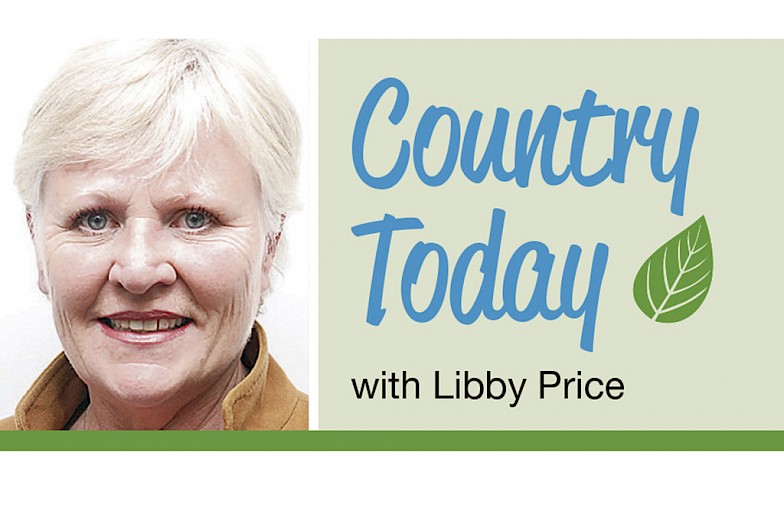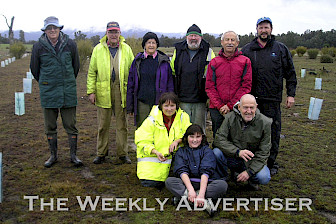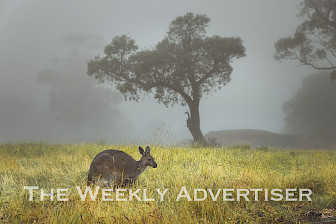Nothing too fancy, not too many speakers, just large doses of practical information and first-hand anecdotes. They were no doubt preaching to the converted, but they were also constantly proving that it’s not just less ploughing and land preparation – it’s all about soil biology.
As an avid gardener, us ‘green thumbs’ could learn a thing or too also. It’s kind of gardening on a massive scale. Always have the soil covered by other plants or mulch and you’ll not only control weeds, you’ll keep soils moist, roots won’t be exposed to temperature extremes and lots of beneficial insects will make life much easier.
But there’s more! President of Vic No-Till, Pine Grove farmer Grant Simms, told the story of travelling in the United States to do the good old, ‘compare and contrast’ no-till farming and
was shocked to learn of the gains being made by putting livestock back into the no-till system.
He had to make a hurried call home to tell the earth movers on his farm to stop flattening all the dams and to instead clear out the ones already filled.
“We found in some of our poorer soils we had problems growing the diversity of grain crops, so then when we put the multi-species pastures in, they seemed to grow well,” Grant said.
“We could convert that into live weight gains and we’re finding they really are priming the pump.”
The cattle not only eat the pastures, they knock it down to make mulch, cooked to perfection by their fertile cow pats, which then become home to a multitude of worms, dung beetles and other creepy crawlies that add to the soil structure.
Another of the younger speakers was Tim Rethus who farms near Horsham.
He studied engineering and sees technology as the next quantum gain for no-till farming.
“If you’re looking for innovation, if you’re looking to improve your farm and make it more sustainable, you’re always looking for that next thing,” he said.
“Now what we want to know is where we’re going to leap off. I think a large part of it is the digital side of things, such as spatial data.”
As we’ve heard many times in the past fortnight, ‘one small step for man, one giant leap for mankind’.
The entire July 31, 2019 edition of The Weekly Advertiser is available online. READ IT HERE!
The entire July 31, 2019 edition of AgLife is available online. READ IT HERE!






